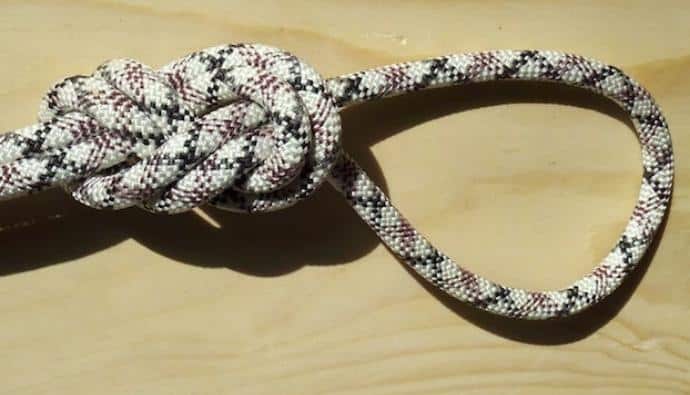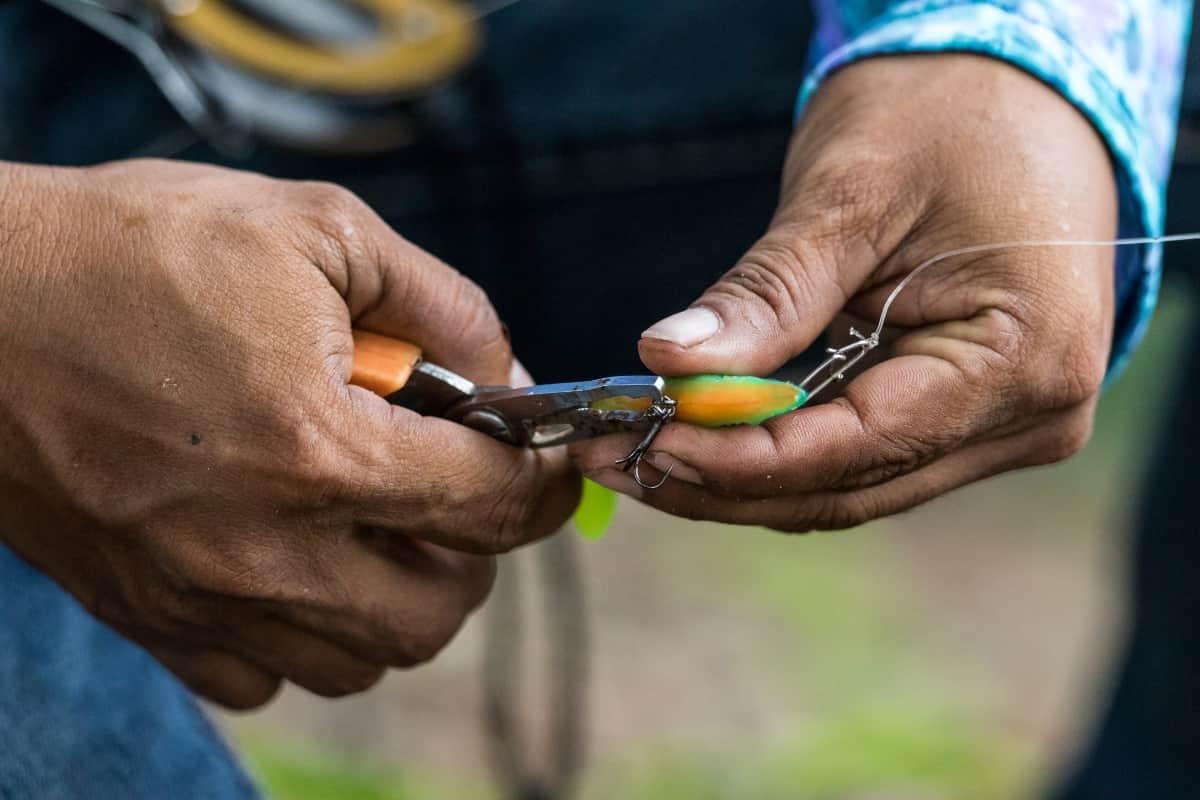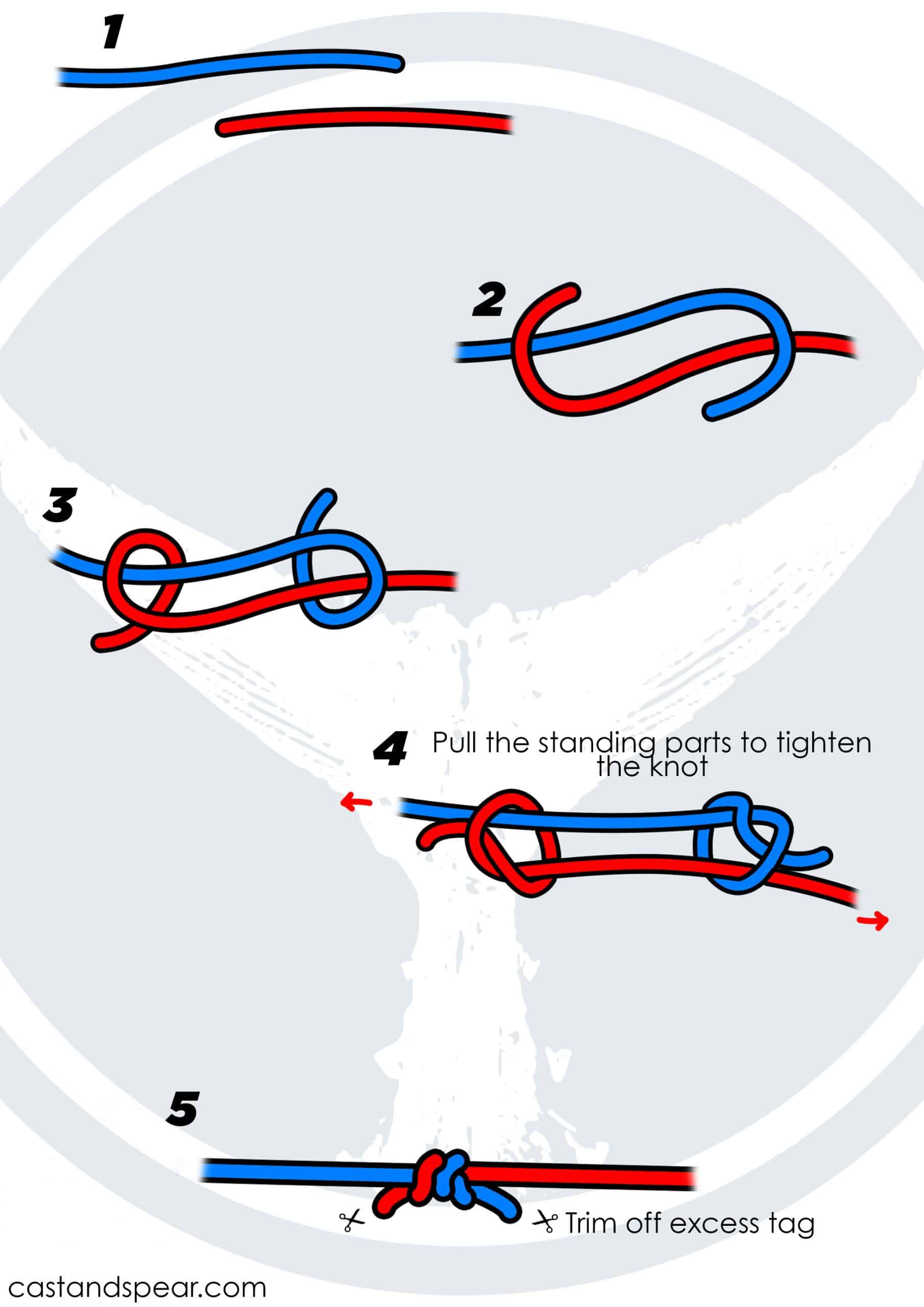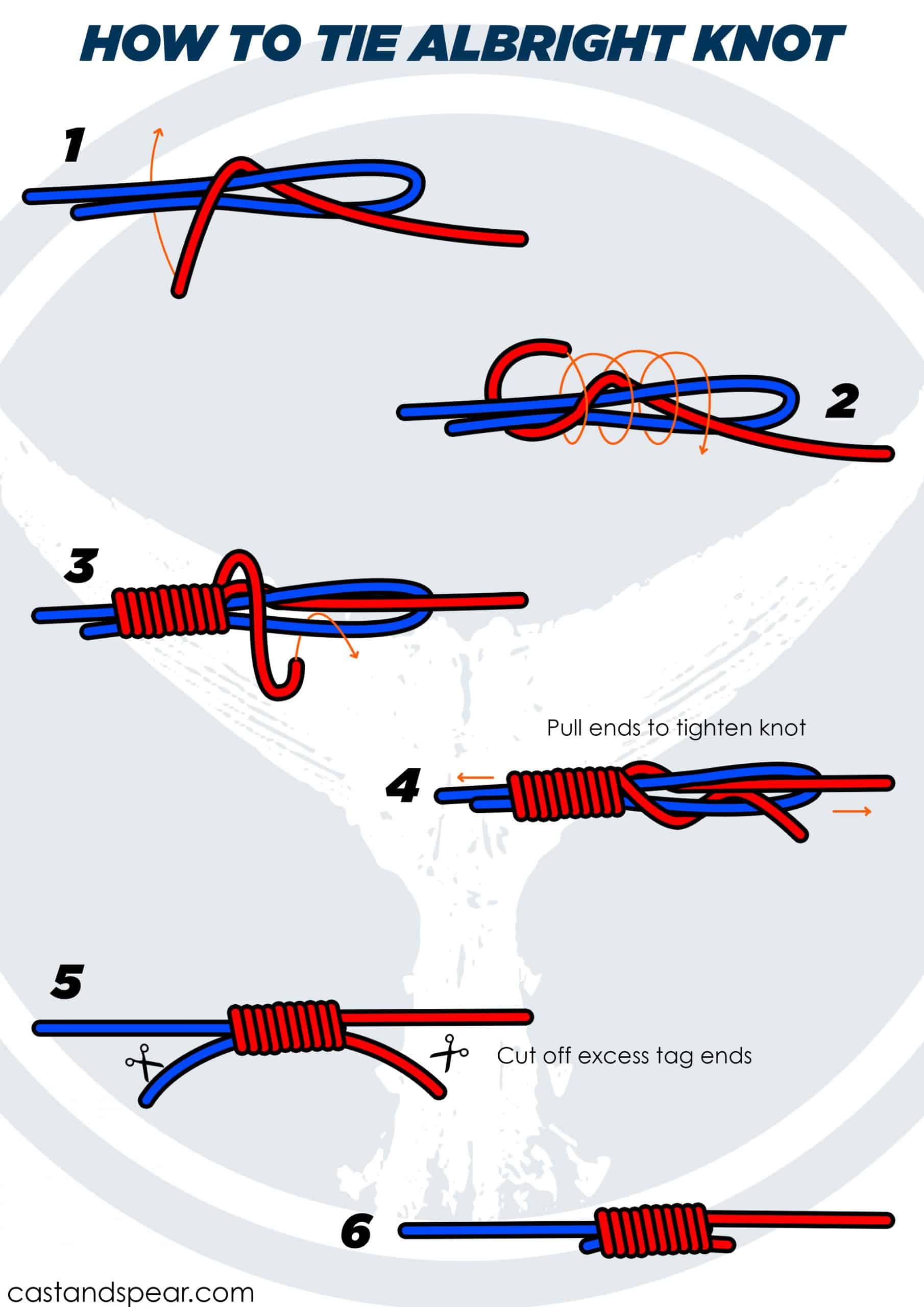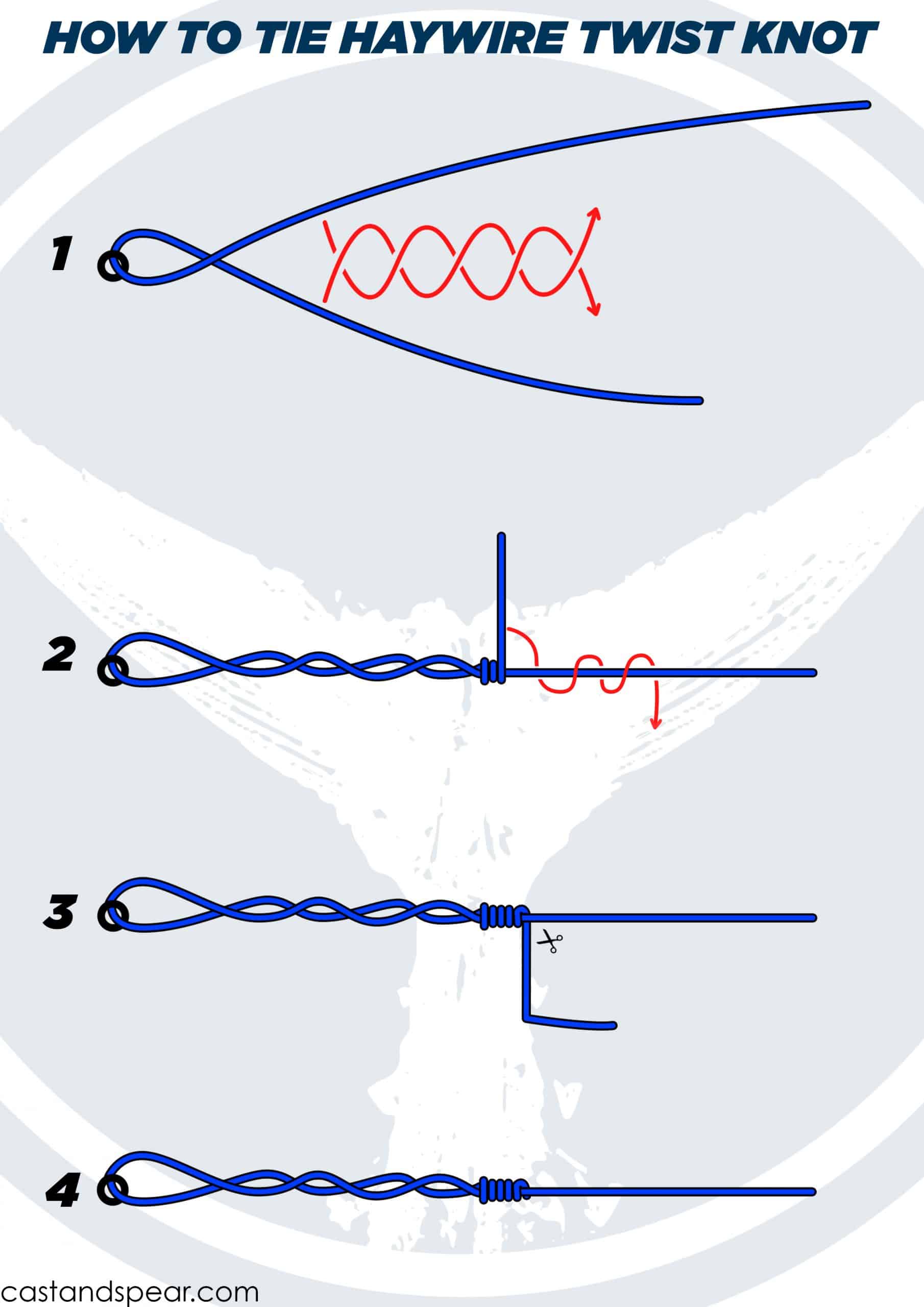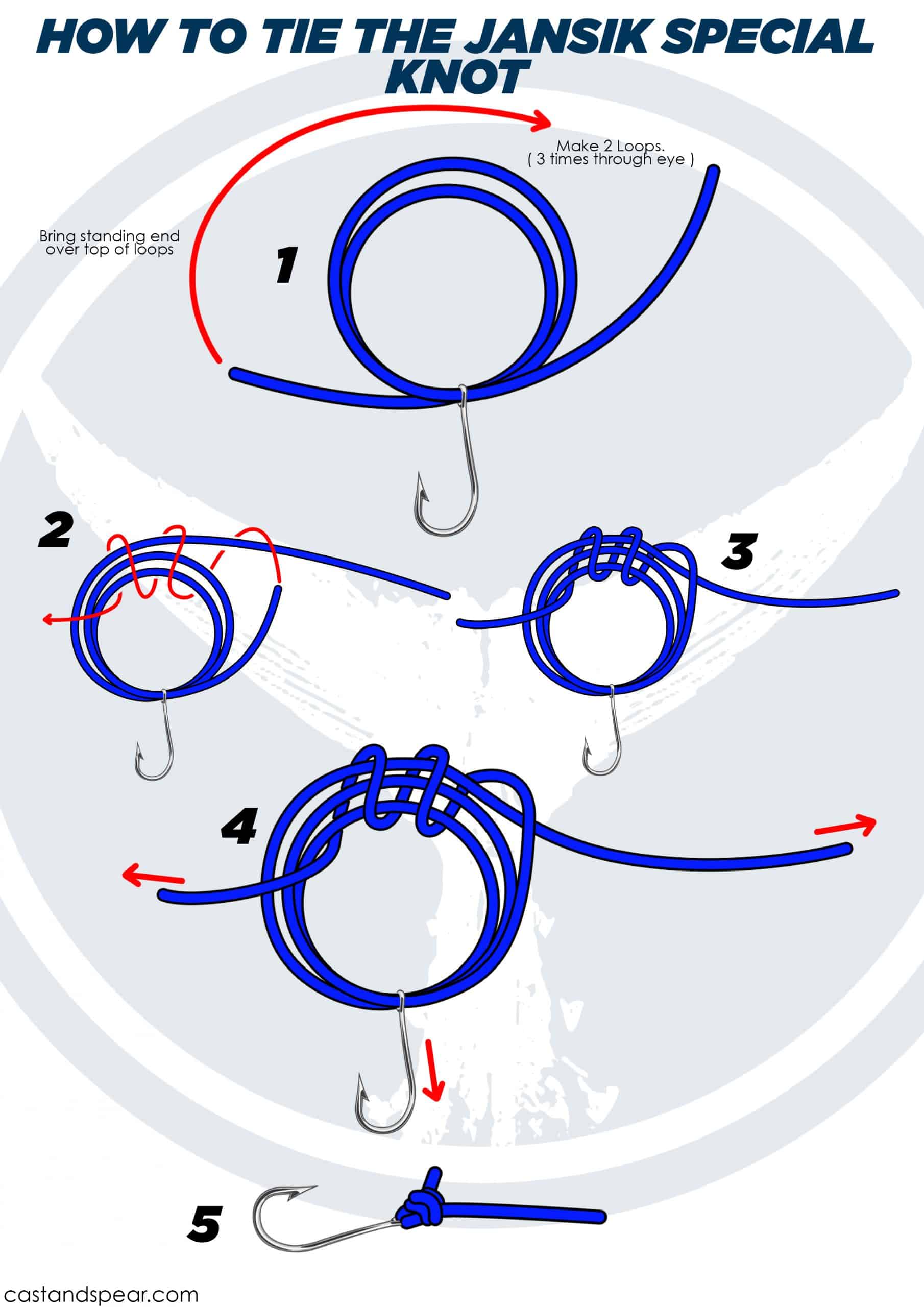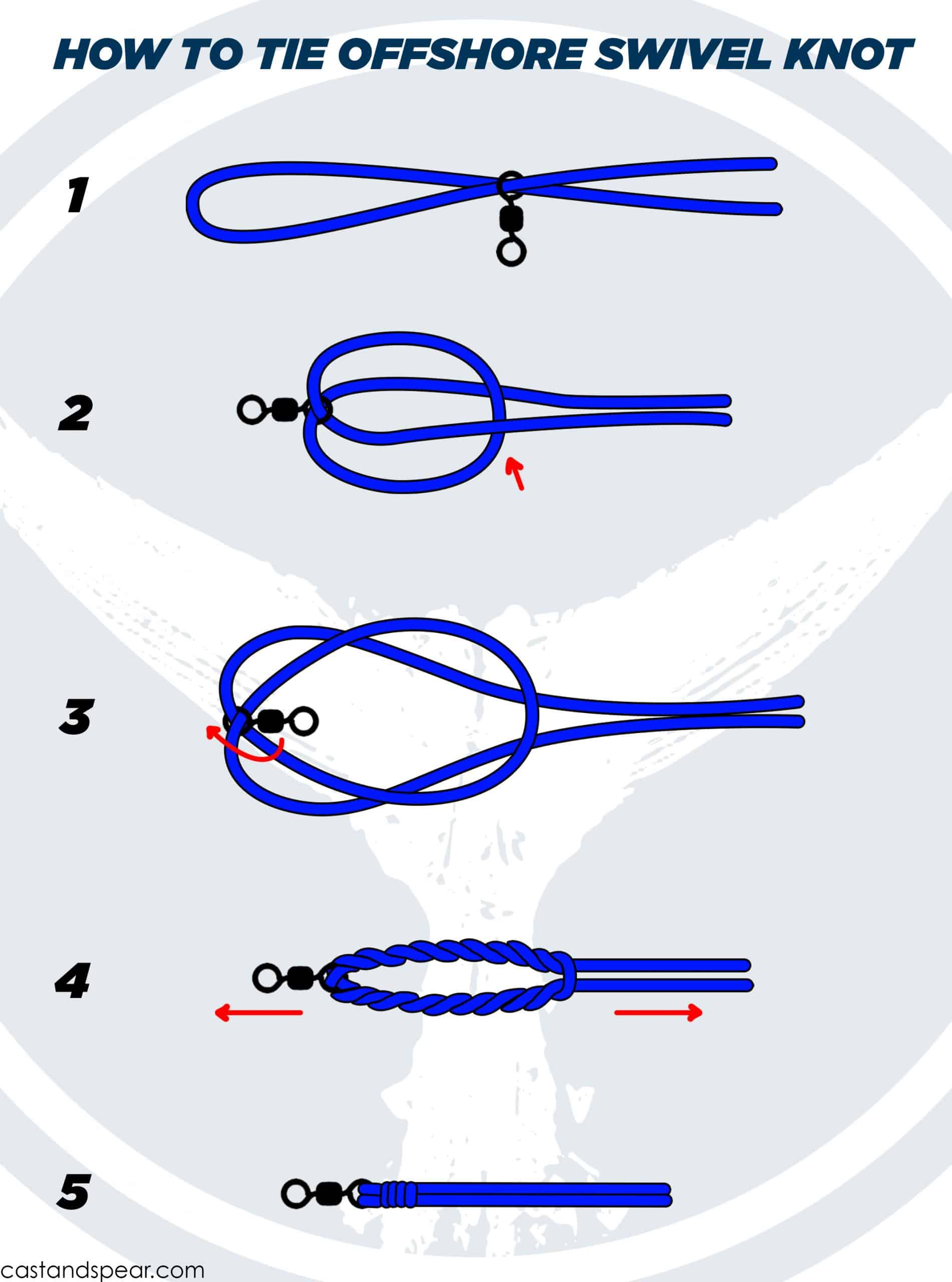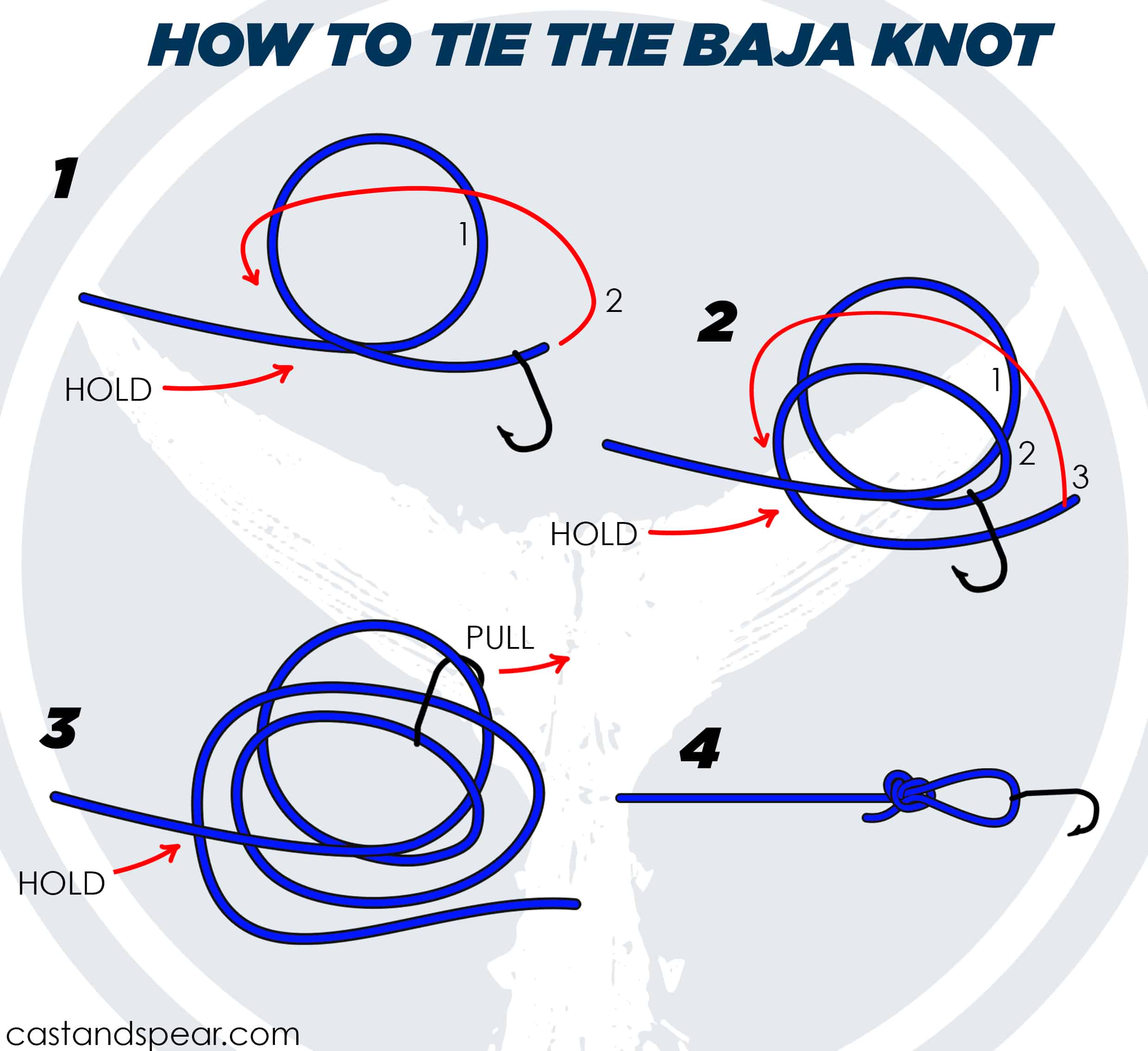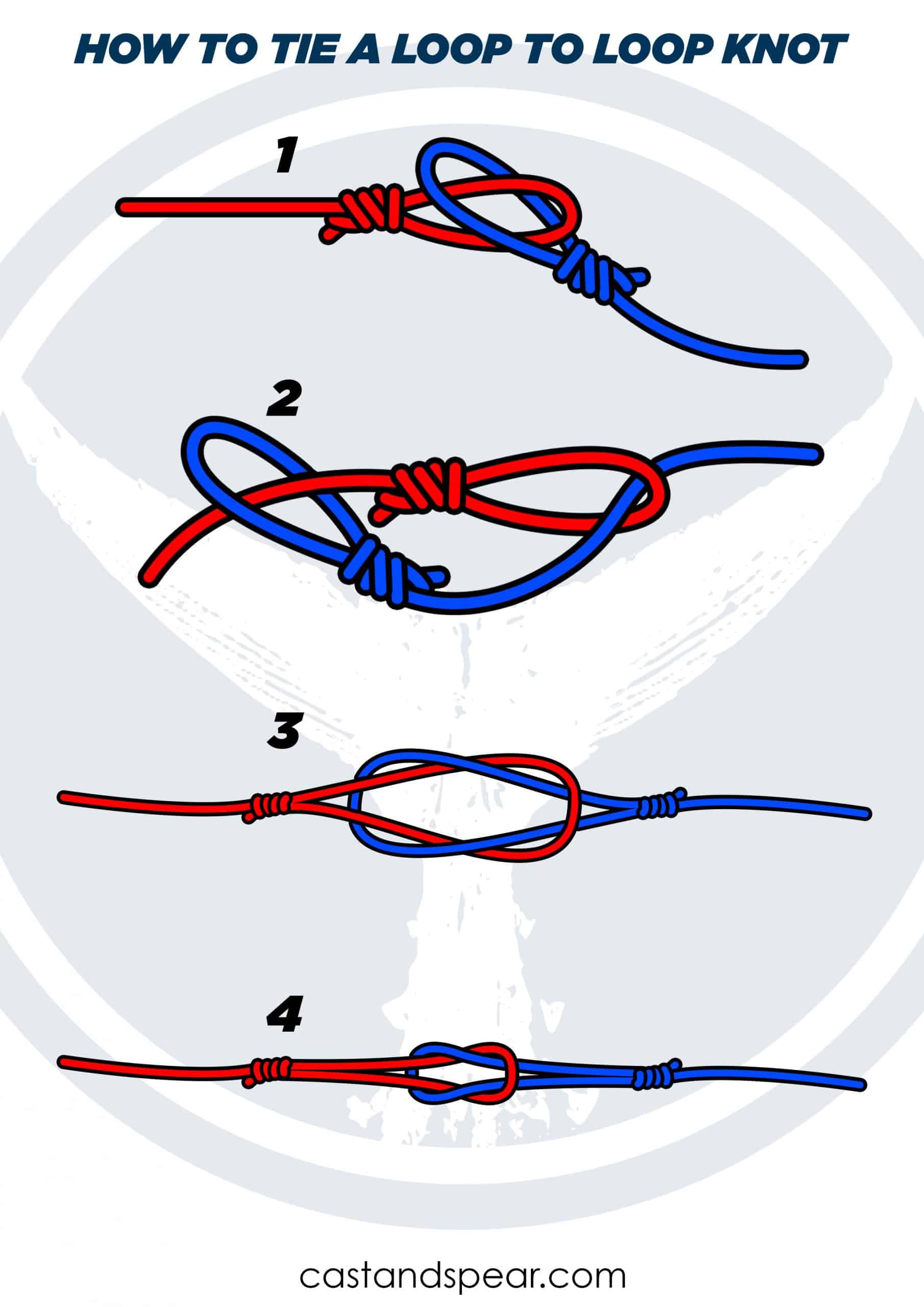If you want to give your fly or lure more action to entice fish, you need to master the non-slip loop knot. Also known as the Kreh knot, non-slip mono loop, and non-slip mono knot, this loop knot for lures does not grip the fly or the lure. This allows it to remain flexible, thus giving the lure or the fly more natural movement in the water.
How To Tie a Non-Slip Loop Knot
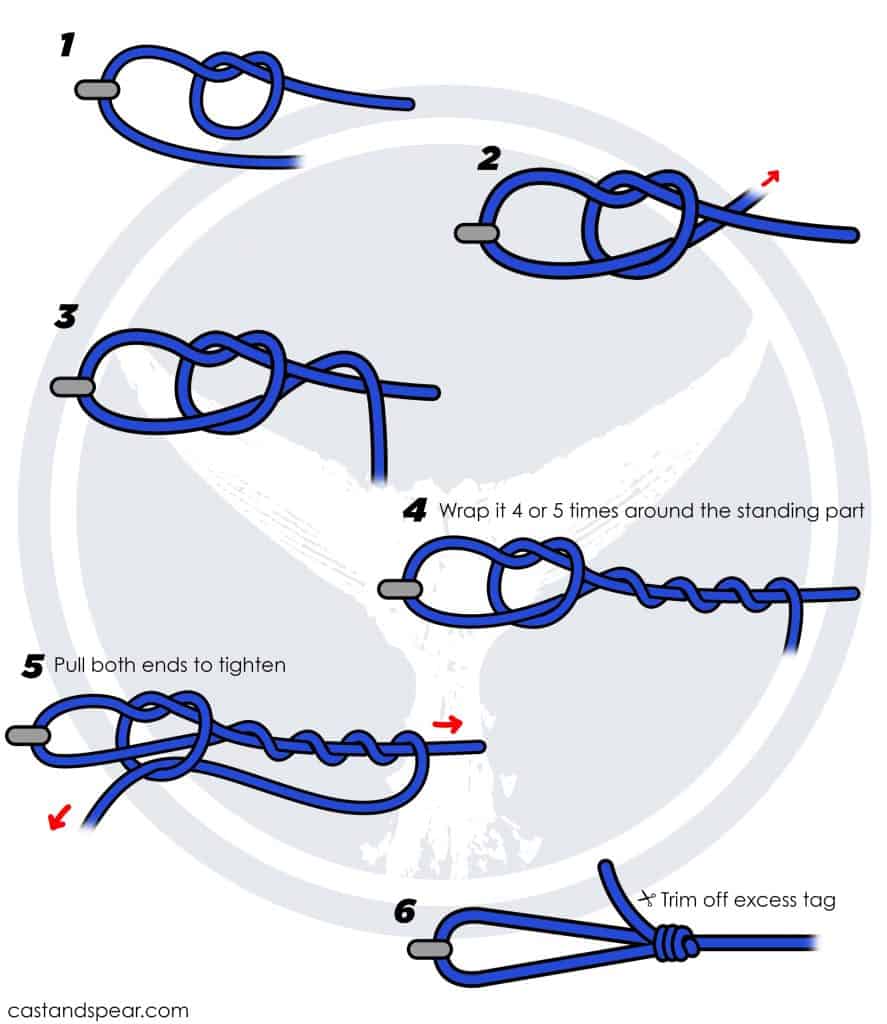
Here’s a step-by-step guide on how to make the non slip loop knot.
Step 1
Create an overhand knot in the fishing line at about 10 inches from the end.
Step 2
Pass it through the hook eye and wrap the tag end of the line around the standing part at least four to five times. Then bring it through the overhand knot from the same side that you exited from.
Step 3
Wet the knot to strengthen it and then pull the tag end slowly to make the wraps hold fast and loosely.
Step 4
Pull the loop and the standing fishing line in the opposite direction to tighten and complete the knot before trimming the tag end.
Watch the video below for a more detailed look at how to tie the nonslip loop knot:

About the Non-Slip Loop Knot
Origin
Developed by Lefty Kreh, the Non-Slip Loop Knot is a stronger version of the original Homer Rhodes Loop Knot. It was created after a series of tests in hopes of making a strong loop knot. From its creator, the non-slip loop knot is often called Lefty Kreh’s Loop Knot.
Purpose
Since the Non-Slip Mono Knot is strong, it’s mainly used to make a very strong fixed loop for the fly or lure.
Tying Tips
- Make sure that you adjust the size of the loop while making wraps around the standing part of the line when it is still loose. Once the non-slip loop knot is tightened, those cannot be adjusted, and you’ll have to start all over again.
- Your number of wraps depends on the thickness of your line. If it can withstand 6 to 8 pounds, you should make at least seven turns, and if it is about 60 pounds, two wraps should be more than enough.
Perfection Loop vs. Non-Slip Loop Knot
Both the perfection loop and the non-slip loop knot are perfect for loop knot fishing and as a loop knot for a lure. The former can be used to create a smaller loop compared to the latter.
Plus, the Perfection Loop does not require as many wraps as the non-slip loop knot in order to hold fast. As far as fishing knots go, these two are favored by fly anglers, especially those who prefer monolines.
Advantages
- Out of all fishing knots, it is considered to be one of the strongest for fly fishermen.
- The non-slip knot retains most of the line strength.
- The tag end faces the hook, which prevents it from snagging in grass and weeds.
Disadvantages
- It’s a bit tricky to tie at first until you get the hang of it.
Frequently Asked Questions
To tie a knot that won’t slip, you need to have the proper friction using bends and pinch points. For mono, you can get away with fewer turns than you could for braid due to the material differences.
The Non-Slip Loop Knot is great for making a loop at the end of your leader the exact size you want while making it easy to put on your lure.




 Facebook
Facebook YouTube
YouTube